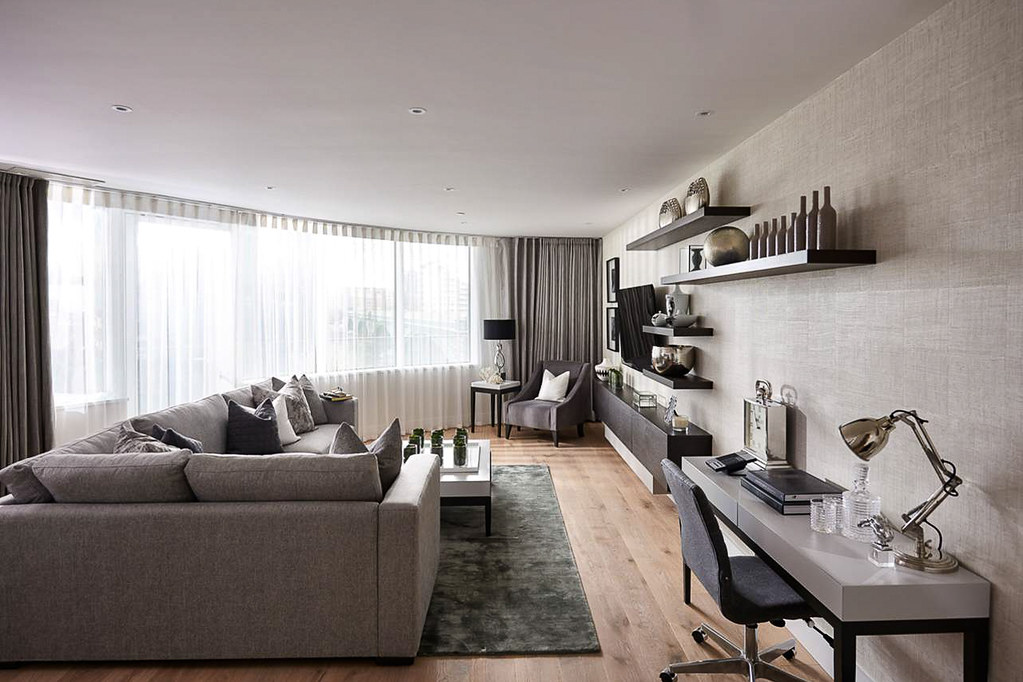Real Estate Developers are looking to reduce apartment sizes in order to provide the cheapest possible price.
By Abhay Shah, Realty Quarter

Realities in the marketplace, the continuing liquidity crisis, shifting customer preferences and increasing affordability issues, forced property developers to reconsider their product policies and led them to decrease housing sizes considerably on seven important property markets.
Average apartment size dropped from 1,400 sq ft in 2014 to almost 1,020 sq ft in 2019 that is 27% over the past previous five years. Data from Anarock Property Consultants showed that Mumbai is the most costly property markets of the country with the largest decrease of 45% in apartment sizes, followed by Pune with 38% decrease in average unit sizes.
Surprisingly, during the same era, the National Capital Region (NCR), which is one of the worst-hit housing markets for latest years, saw a total 6% decrease to 1,390 sq ft, ahead of Bengaluru, with average flat areas down to 1,300 sq ft in 2019.
“The demand for affordable homes in metros tops the list of significant variables that contribute to the increased claustrophobia impact of declining apartment sizes. In addition, buyers are seeking the government’s credit subsidy benefits more and more for affordable housing. This means the cost of a house should be less than Rs 45 lakh and not more than 60 sq mt carpet area, or 850 sq ft built-up area, ” said Anarock Property Consultants, Chairman, Anuj Puri.
Size reduction is helping customers to benefit from these subsidies, especially in the affordable segment. In addition, it offers GST benefits for purchasing an affordable house. The GST for affordable housing is 1%, versus 5% for homes of the mid-segment.
Homebuyers are not interested in wasteful space and require increased efficiency. Ticket size proves to be a game-changer, but accountability must also be important in the design.
“We have reduced our three-bedroom flats by 15-20% in two projects and are doing a very positive job of conversion,” stated Ozone Group CEO Rajat Khandelwal.
Buyers, in brief, receive lower costs and additional benefits but lose on the area. Developers attract more customers, but many have to abandon their respected categorization of the ‘luxury’ market.
The MMR has the least average in the top cities with 530 sq ft now compared to 960 sq ft in 2014. On a carpet area, average sizes are calculated in both MMR and Pune, while the other cities have a built-up area.



















































































